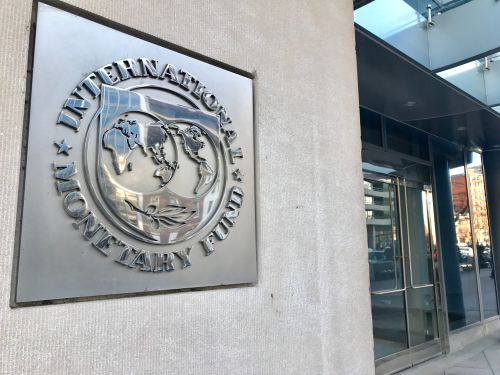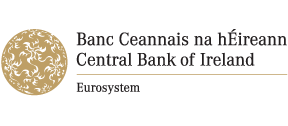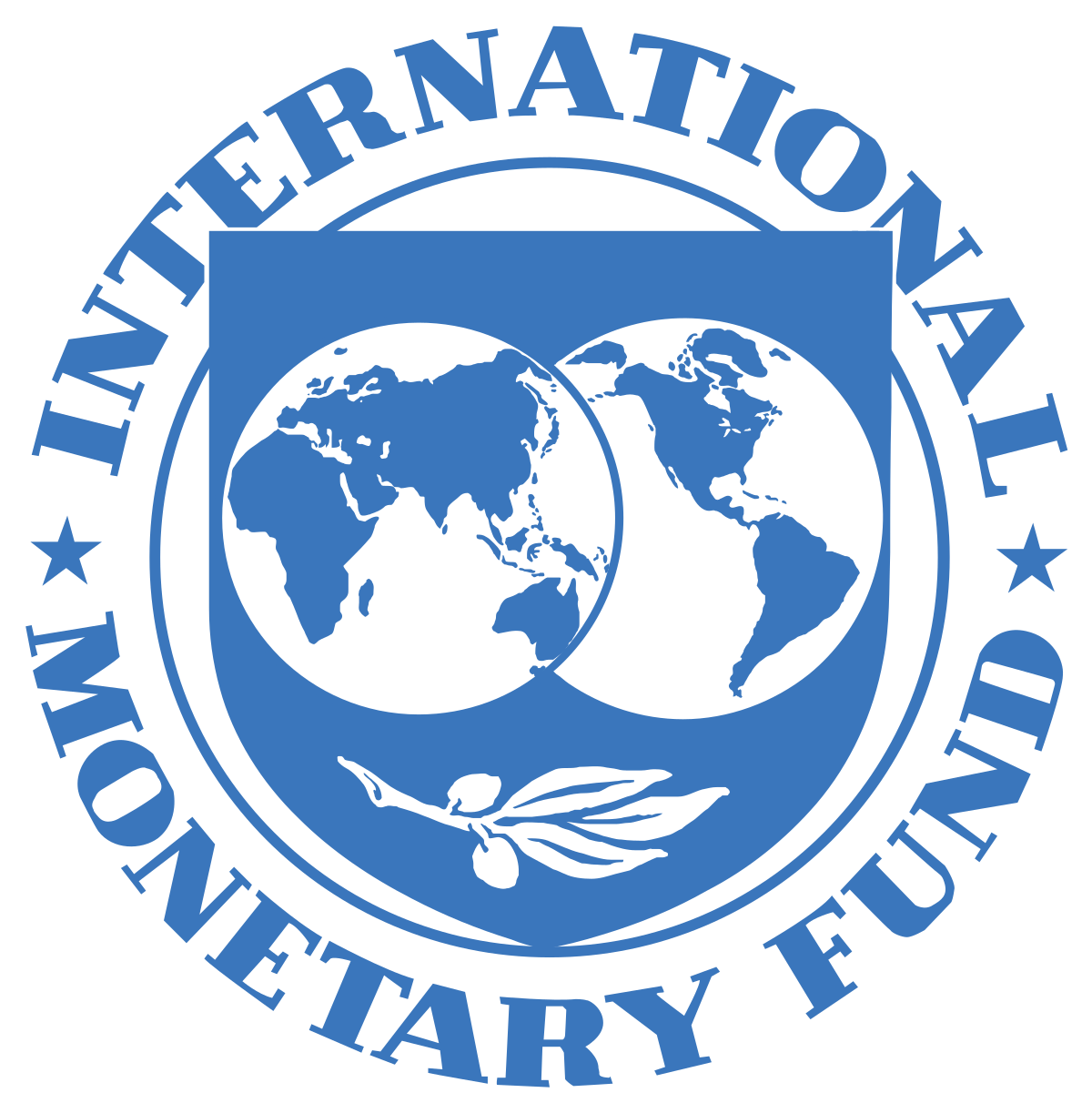The International Monetary Fund (IMF) has said the Central Bank of Ireland (CBI) should encourage ETF issuers to use a greater range of liquidity providers to ensure these relationships can withstand market stress events.
The international policymaker said the role of liquidity providers poses a key risk within ETFs, as only authorised participants (APs) have direct access to ETFs for creation and redemption activity while market makers can step away at any time from providing liquidity.
It added the CBI’s work has already identified concentration risk within the liquidity provider space, with just two players responsible for up to 90% of AP activity for certain ETFs from Europe’s largest issuer BlackRock.
Also, while there was no evidence of market makers stepping away from the market during COVID-19 volatility, the IMF said this is an area that “requires close monitoring”.
It said: “The relevant central bank supervision teams should engage with ETF providers to ensure their arrangements with APs and market makers are robust and promote the smooth functioning of the sector, including in times of market stress.
“There should also be closer cooperation between supervisors of investment funds and the colleagues supervising APs and market makers.”
Outside of liquidity providers, the IMF also identified pricing discount risk – the difference between the market price of an ETF and its net asset value (NAV) – as another area of interest.
It said this risk materialised during COVID-19 disruption, when disparities between the share price of certain fixed income ETFs and the value of their assets was as great as 17%, though such discounts generally disappeared within a week.
However, regulators and industry bodies such as the International Organisation of Securities Commissions (IOSCO), the Bank of England and the Bank for International Settlements were quick to point out the March 2020 volatility highlighted how ETFs were a source of price discovery for investors as many bonds were not trading.
Interestingly, the CBI published a white paper in 2020, titled Information and liquidity linkages in ETFs and underlying markets, which found the close information links between ETFs and equities creates the potential for “illiquidity contagion” during ETF demand shocks – as both are exchange-traded – whereas bonds traded over-the-counter (OTC) are less susceptible.
However, participants from the ETF industry said the CBI failed to consider the role of the secondary market in providing an extra layer of liquidity for ETFs.
The IMF also pointed to the potential for settlement delays given ETF trading is fragmented, however, it said much of this has been mitigated by all Irish-domiciled ETFs migrating to the ICSD model post-Brexit.
The policymaker’s comments on ETF trading follow IOSCO’s draft of its latest set of ETF good practices in April, which also stressed ETF issuers should “conduct due diligence” on APs and market makers and avoid exclusive arrangements with individual liquidity providers.
Related articles




